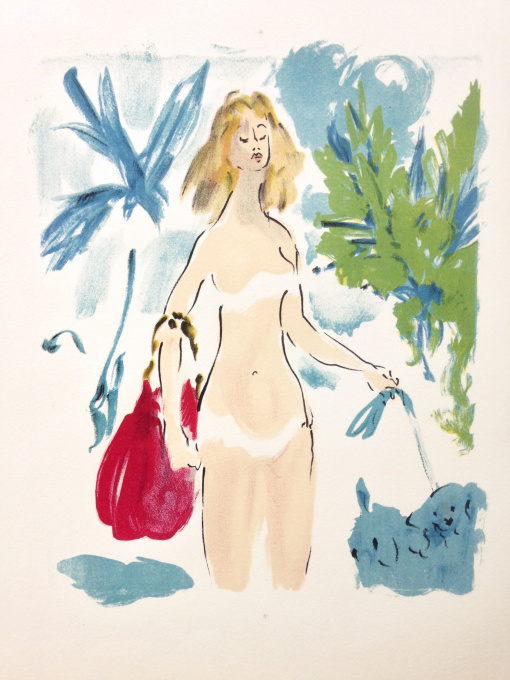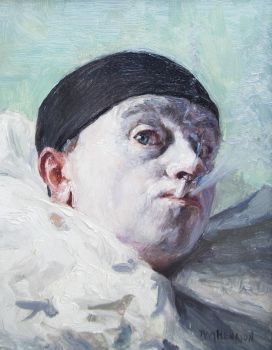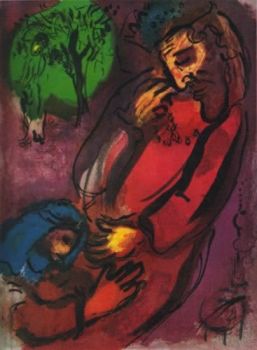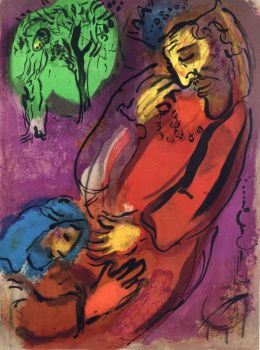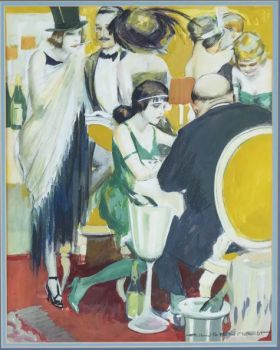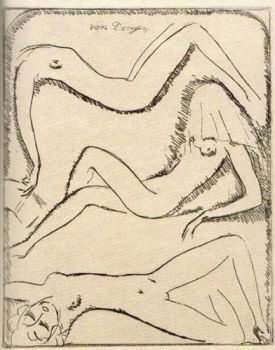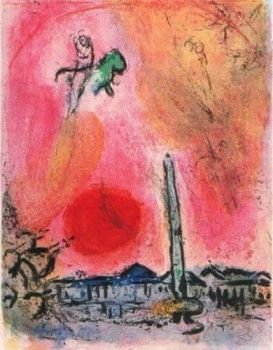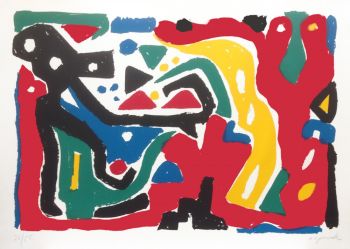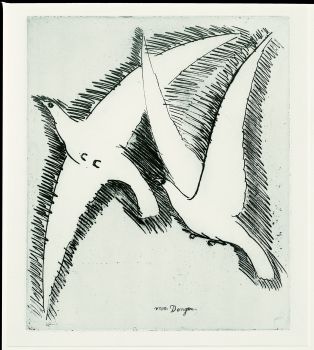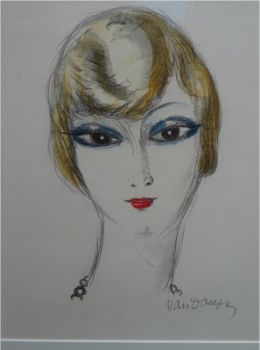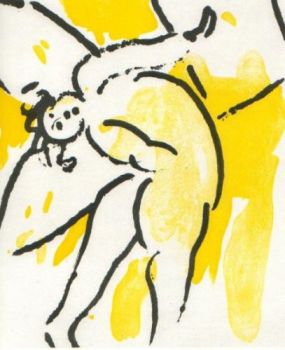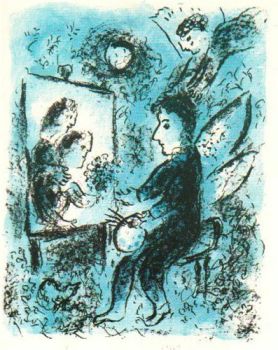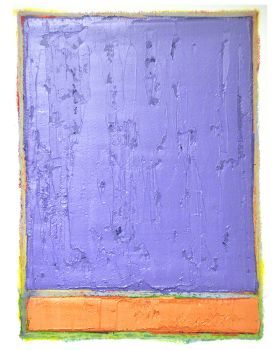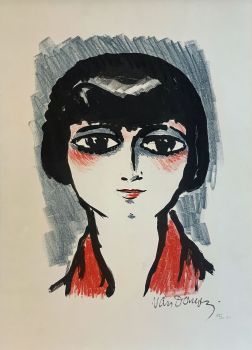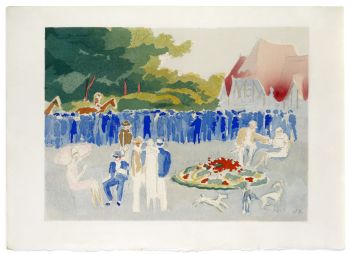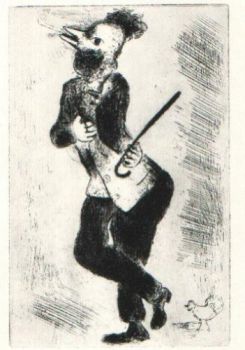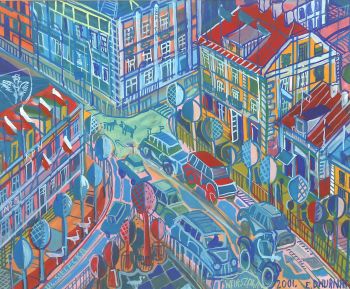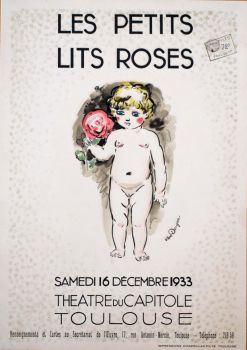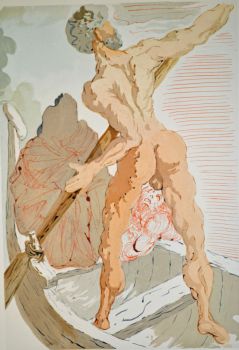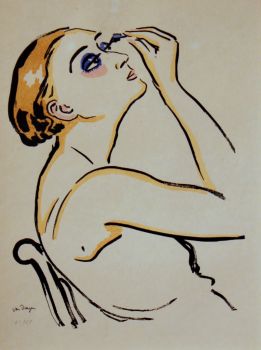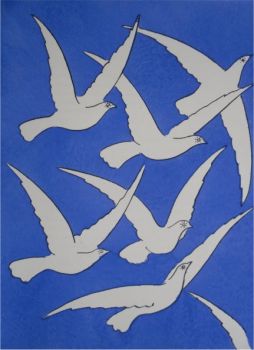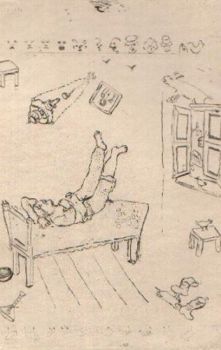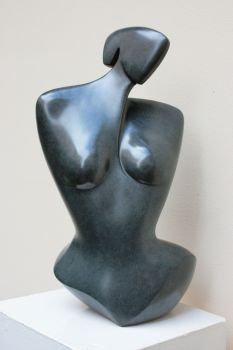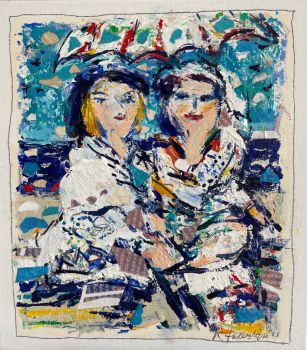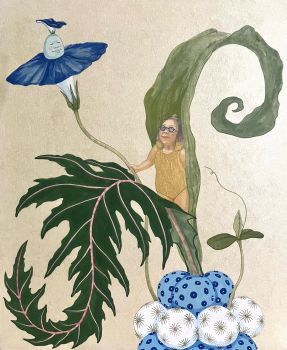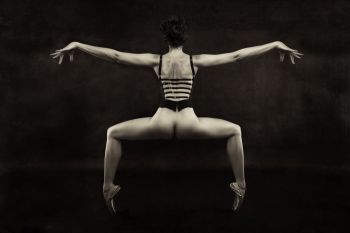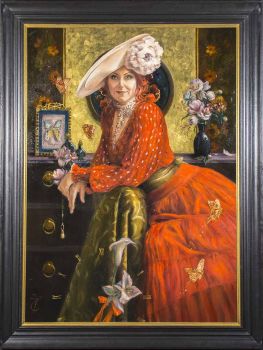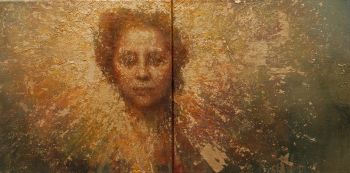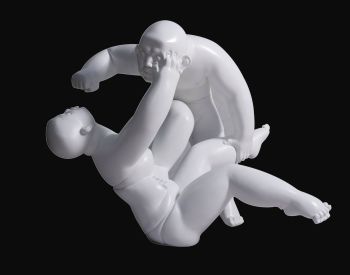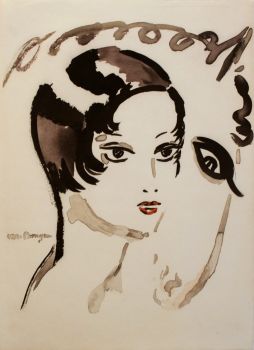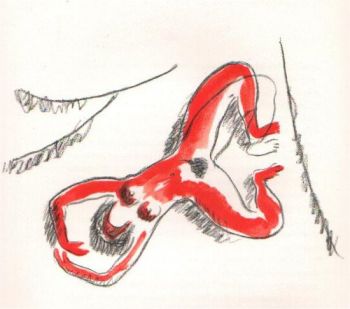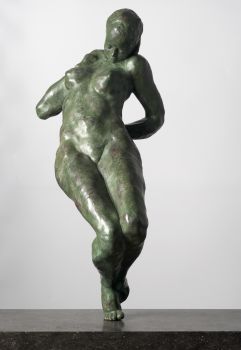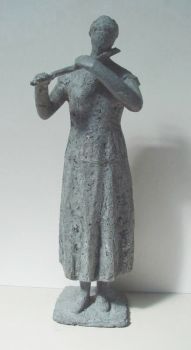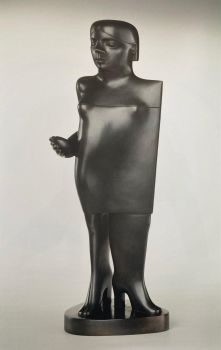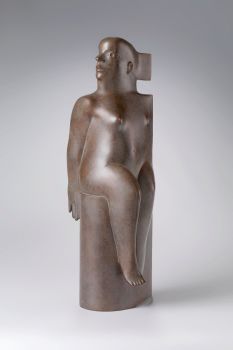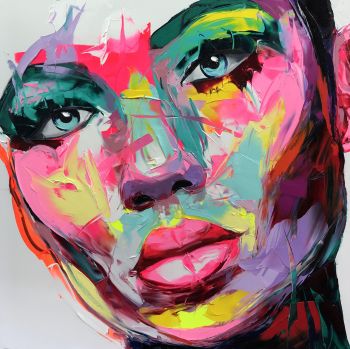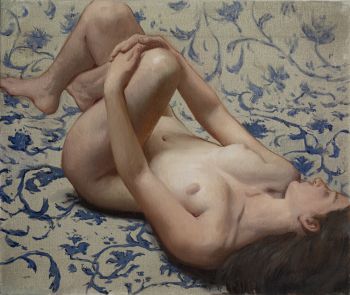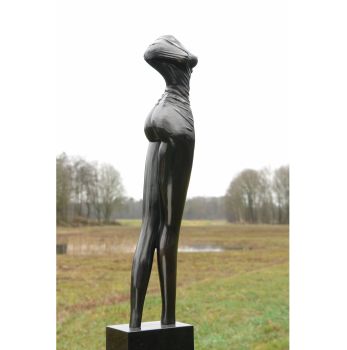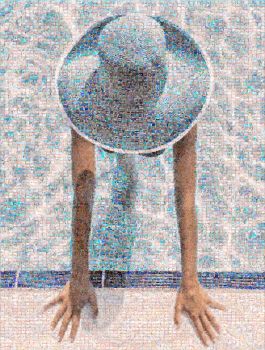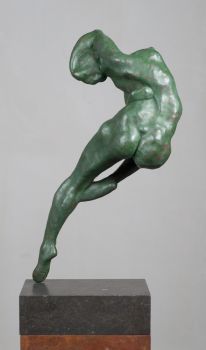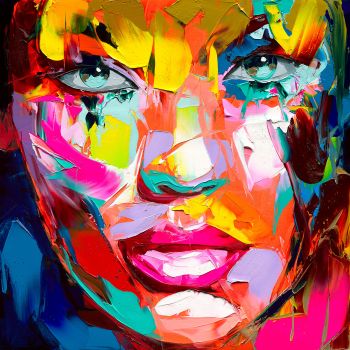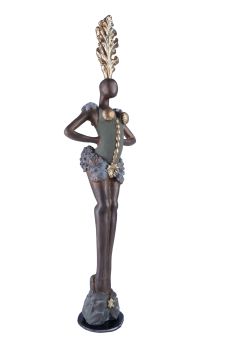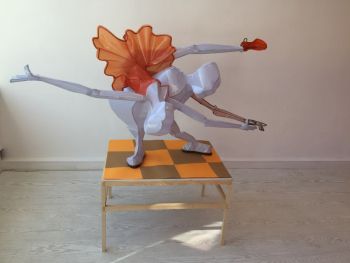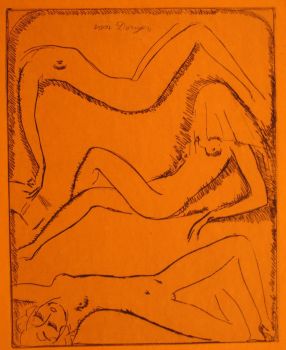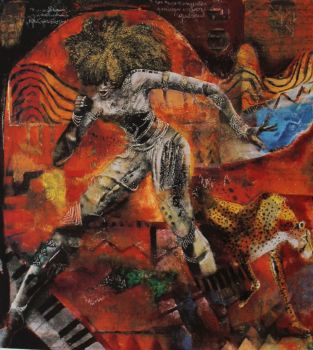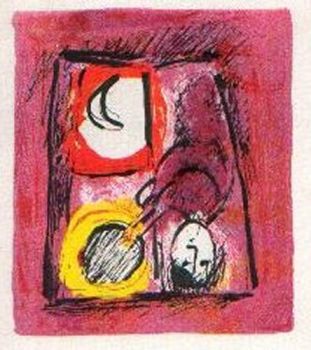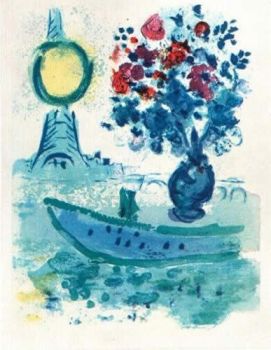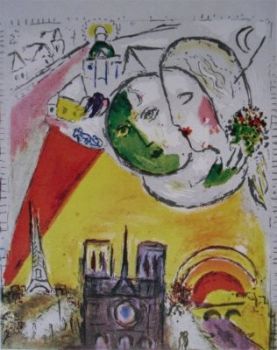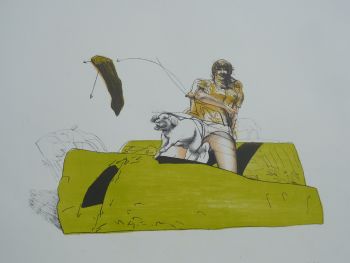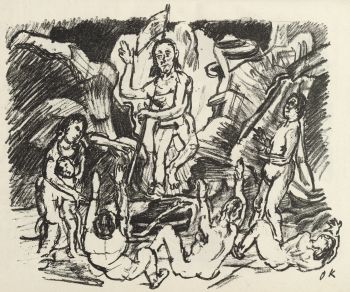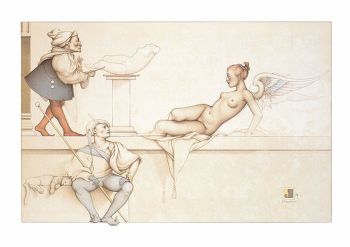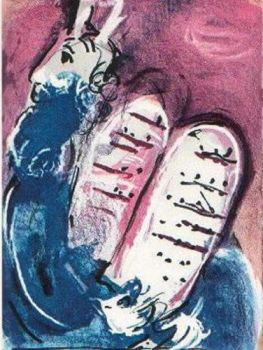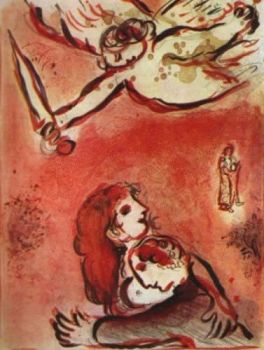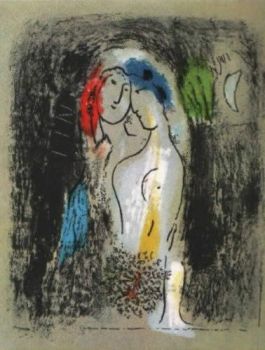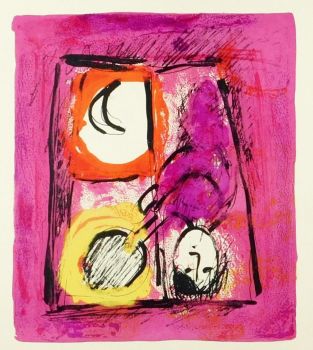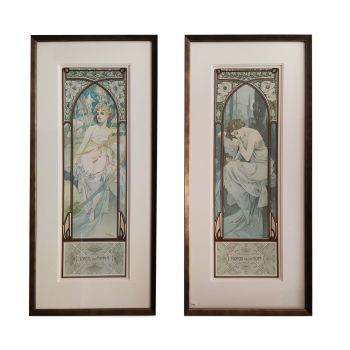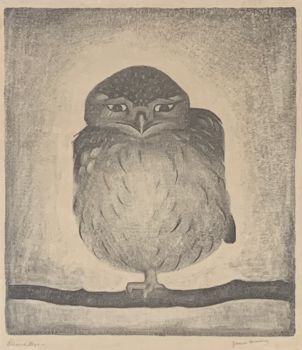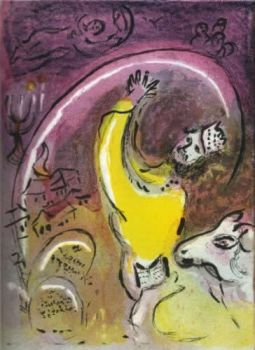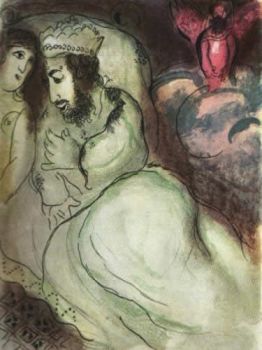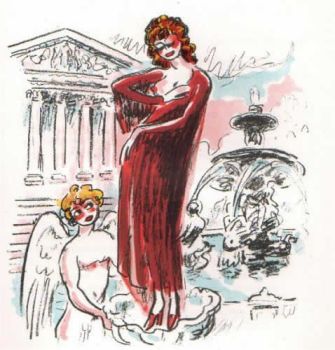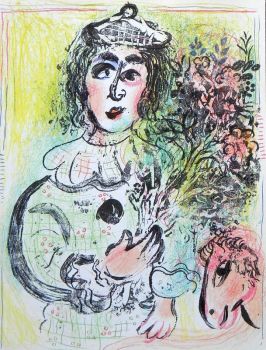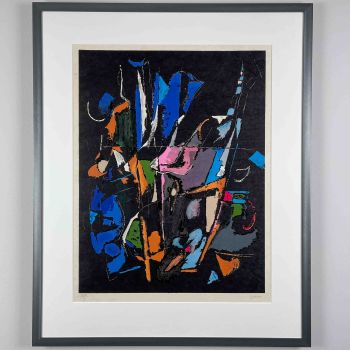Lady with little dog 1957
Marcel Vertès
InkPaperLithographyPrint
30 ⨯ 20 cm
Currently unavailable via Gallerease
- About the artworkmedium: lithograph
printed by: Desjobert, Paris
edition size: 190
Marcel Vertès was born in Marcel Vértes in Ujpest, Hungary. He studied under Karoly Ferenczy. It is said that he financed his studies by forging works by Toulouse-Lautrec, though this may be a romantic back-story invented after the success of the 1952 John Huston film Moulin Rouge, for which Vertès created the Toulouse-Lautrecs, and designed the costumes in collaboration with Elsa Schiaparelli. The young Vertès certainly admired Toulouse-Lautrec and Jean-Louis Forain, and after WWI he moved to Paris, via Vienna, to follow in their footsteps. Vertès was already privately publishing limited-edition portfolios of erotic etchings for the French market by 1920, but although the claimed place of publication is Paris, the true location was Vienna. We have the first of these great rarities, L'heure exquise; on these 1920 etchings he is still signing himself Vértes. The following year he published, also from Vienna, a second portfolio of erotic etchings, Le pays à mon goût, and also a book of drawings, Rajzai a Magyar Pkolból, Drawings out of the Hungarian Hell. Sources vary as to the date, but somewhere between 1921 and 1925 Vertès moved to Paris, and was immediately taken up by the writer Pierre Mac Orlan. 1925 saw the first serious appreciation of his work, in an essay by Robert de Beauplan in the revue Byblis, in which Vertès is compared to Toulouse-Lautrec, Gavarni. and Forain. 1926 saw a blizzard of Vertès publications, including much of his finest work. Also in that year many of the erotic etchings from the Vienna portfolios were reprinted in an edition of 250 copies entitled Entrée interdite au public; however, the plates having been destroyed, this reprint was in héliogravure rather than from the original plates. Erotic concerns remained at the forefront of the art of Marcel Vertès, and he became famous for his intimately-observed etchings and lithographs showing Parisian brothels and prostitutes. We have a selection of 1920s etchings on this theme from Vertès studio, as well as his 1926 suite of lithographs Les jeux du demi-jour. These powerful works have a satirical edge reminiscent of George Grosz. Later Vertès also became renowned for his circus scenes. Among our prints by Marcel Vertès are lithographs of Paris, a series of lithographs satirising the Abstract Expressionists, and etchings, lithographs, and pochoirs exploring Vertès’ favourite subject, the female form. Vertès was an important figure in the between-the-wars School of Paris, and recorded his memories of that time in his 1952 memoir Amandes Vertes. He escaped to the USA at the outbreak of WWII, settling in New York where he painted a famous series of murals at the Café Carlyle, which have recently been restored. See: Claude Roger-Marx, Vertès un et divers, 1961; Vokaer, Bibliographie de Marcel Vertès, 1967; Druks. Vertès: The Erotic Perception of Marcel Vertès, 1972. - About the artist
Marcel Vertès was a French illustrator and costume designer of Hungarian origins. He won two Academy Awards (Best Art Direction and Best Costume Design) for his work on the 1952 film Moulin Rouge. He is also responsible for the original murals in the Café Carlyle in the Carlyle Hotel in New York City, New York and for those in the Peacock Alley in the Waldorf Astoria Hotel in New York.
Artwork details
Category
Subject
Style
Material & Technique
Colour
Related artworks
- 1 - 1 / 1
- 1 - 4 / 24
- 1 - 4 / 24
- 1 - 4 / 24

